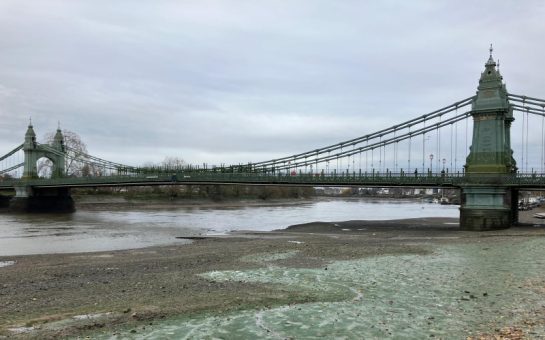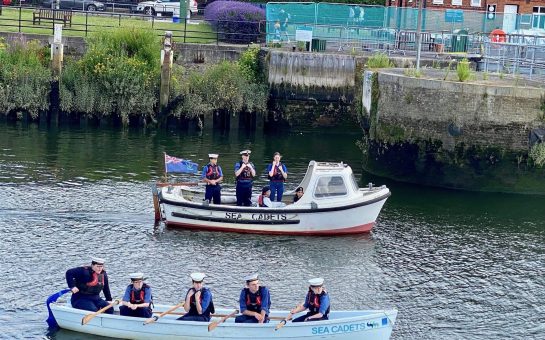Pupils at 406 south west London schools are exposed to levels of air pollution that are above recommended WHO limits, new research has revealed.
Global Action Plan, a UK environmental change charity, found that 7,852 out of 28,965 UK schools, including nurseries, primary, secondary schools and sixth forms, are exposing pupils to levels of air pollution above the World Health Organisation’s recommended limits, with 25% located in London.
Three fifths of London’s most notable areas for toxic air quality outside schools are located in south west London.
WHO director Dr Maria Neira said: “The figures are unequivocally too high and harming children’s health.
“Schools should be a place of learning, not where students are at risk of health hazards.
“There is no safe level of air pollution, and if we care about our children and their future, air pollution should reflect WHO guidelines.”
Pupils at schools in identified areas are exposed to air that is above the recommended limit for PM2.5 (10ug/m3), a pollutant formed of tiny particles that can move from the lungs into the blood causing conditions such as heart and lung disease.
The charity reviewed air quality outside schools because children are particularly vulnerable to its impact and spend a significant amount of time at school.
Toxic air can harm children’s health, causing or triggering asthma, damaging lung development, and impacting their ability to learn, research shows.
A 2020 inquest confirmed that in 2013, a 9-year-old girl, Ella Addo-Kissi-Debrah, from Lewisham, died after suffering an asthma attack linked to toxic air, the first person in the country to have air pollution listed as a cause of death.
The coroner Phillip Barlow said the government must reduce air pollution levels to meet WHO guidelines to ensure future deaths are prevented.
Yesterday was Clean Air Day, the UK’s largest air pollution campaign run by Global Action Plan, which highlighted the urgency to safeguard children’s health as they bear the burden of the pandemic, compromising their freedom, education, and mental well-being.
Director of Clean Air Larissa Lockwood said: “Air pollution is not a fact of life.
“If we all do our bit, it can be solved with collaborative action and education.”
Global Action Plan asks individuals, schools, businesses, and hospitals to take steps to reduce their carbon footprint, commit to measures that clean up toxic air and raise awareness about air pollution.
Schools are encouraged to use the Clean Air for Schools Framework, an online tool that gives teachers, parents, and local authorities a bespoke blueprint of actions.




